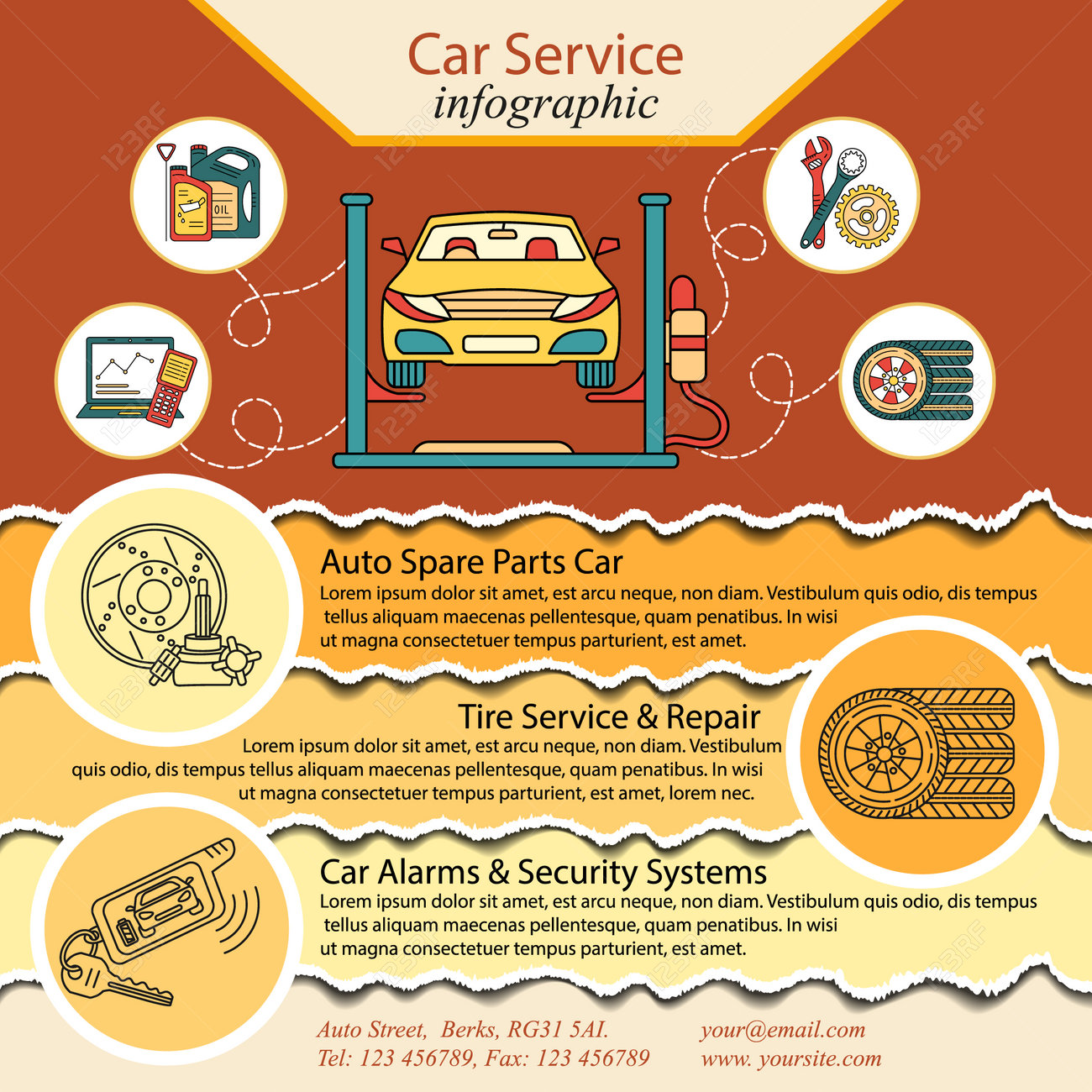Translating Your Car'S Caution Indicators: What They Truly Indicate
Translating Your Car'S Caution Indicators: What They Truly Indicate
Blog Article
Written By-Samuelsen Gilbert
When you lag the wheel, those glowing warning lights on your control panel can be a little bit perplexing. Do you recognize what they're attempting to inform you about your vehicle's health and wellness? Recognizing the relevance of these lights is important for your safety and security and the durability of your automobile. So, the next time among those lights pops up, would not you want to analyze its message precisely and take the required actions to resolve it?
Common Caution Lighting and Interpretations
Recognize usual warning lights in your car and understand their meanings to ensure risk-free driving.
The most common caution lights include the check engine light, which signals concerns with the engine or exhausts system. If auto paint detailing begins, it's vital to have your lorry examined promptly.
The oil stress advising light indicates low oil stress, needing instant attention to prevent engine damage.
A blinking battery light might recommend a malfunctioning billing system, potentially leaving you stranded otherwise dealt with.
The tire stress monitoring system (TPMS) light alerts you to reduced tire stress, influencing lorry stability and fuel efficiency. Ignoring this could lead to risky driving conditions.
The ABS light suggests a problem with the anti-lock braking system, jeopardizing your ability to stop quickly in emergency situations.
Last but not least, the coolant temperature level warning light warns of engine getting too hot, which can result in severe damage if not solved quickly.
Understanding these typical caution lights will certainly assist you address issues immediately and maintain risk-free driving problems.
Value of Prompt Attention
Recognizing the common caution lights in your cars and truck is just the initial step; the importance of quickly resolving these warnings can't be emphasized enough to ensure your safety and security when driving.
When a warning light brightens on your dashboard, it's your automobile's way of communicating a possible concern that requires attention. Ignoring these cautions can cause a lot more serious troubles later on, compromising your security and potentially costing you extra in repairs.
Prompt interest to cautioning lights can avoid failures and accidents. For instance, a flashing check engine light could show a misfire that, if left unattended, might create damages to the catalytic converter. Resolving this promptly can save you from an expensive repair service.
Likewise, https://oilchangeplaces74951.blog2news.com/30841618/discover-the-world-of-expert-automobile-describing-through-special-perspectives-shared-by-a-skilled-specialist advising light might signify low brake liquid or worn brake pads, vital elements for your safety and security when driving.
Do It Yourself Troubleshooting Tips
If you discover a warning light on your control panel, there are a few do it yourself repairing tips you can try prior to seeking expert assistance.
The very first step is to consult your car's handbook to understand what the particular warning light shows. In some cases the issue can be as simple as a loosened gas cap activating the check engine light. Tightening the gas cap might resolve the problem.
Another usual issue is a reduced battery, which can set off different warning lights. Checking the battery connections for rust and ensuring they're safe and secure might repair the trouble.
If a warning light persists, you can attempt resetting it by detaching the cars and truck's battery for a couple of mins and afterwards reconnecting it. Furthermore, inspecting your car's liquid degrees, such as oil, coolant, and brake fluid, can help troubleshoot advising lights connected to these systems.
Verdict
In conclusion, comprehending your auto's warning lights is crucial for maintaining your lorry running efficiently and securely. By promptly addressing these notifies and knowing what they suggest, you can avoid expensive repair work and possible failures.
Bear in mind to consult your automobile's guidebook for specific details on each cautioning light and do something about it appropriately to make sure a trouble-free driving experience.
Keep informed, stay secure on the road!
